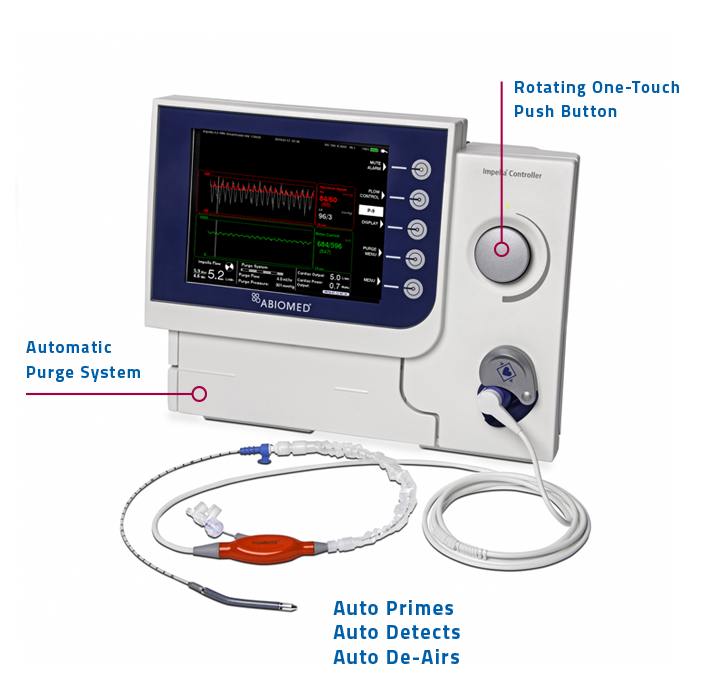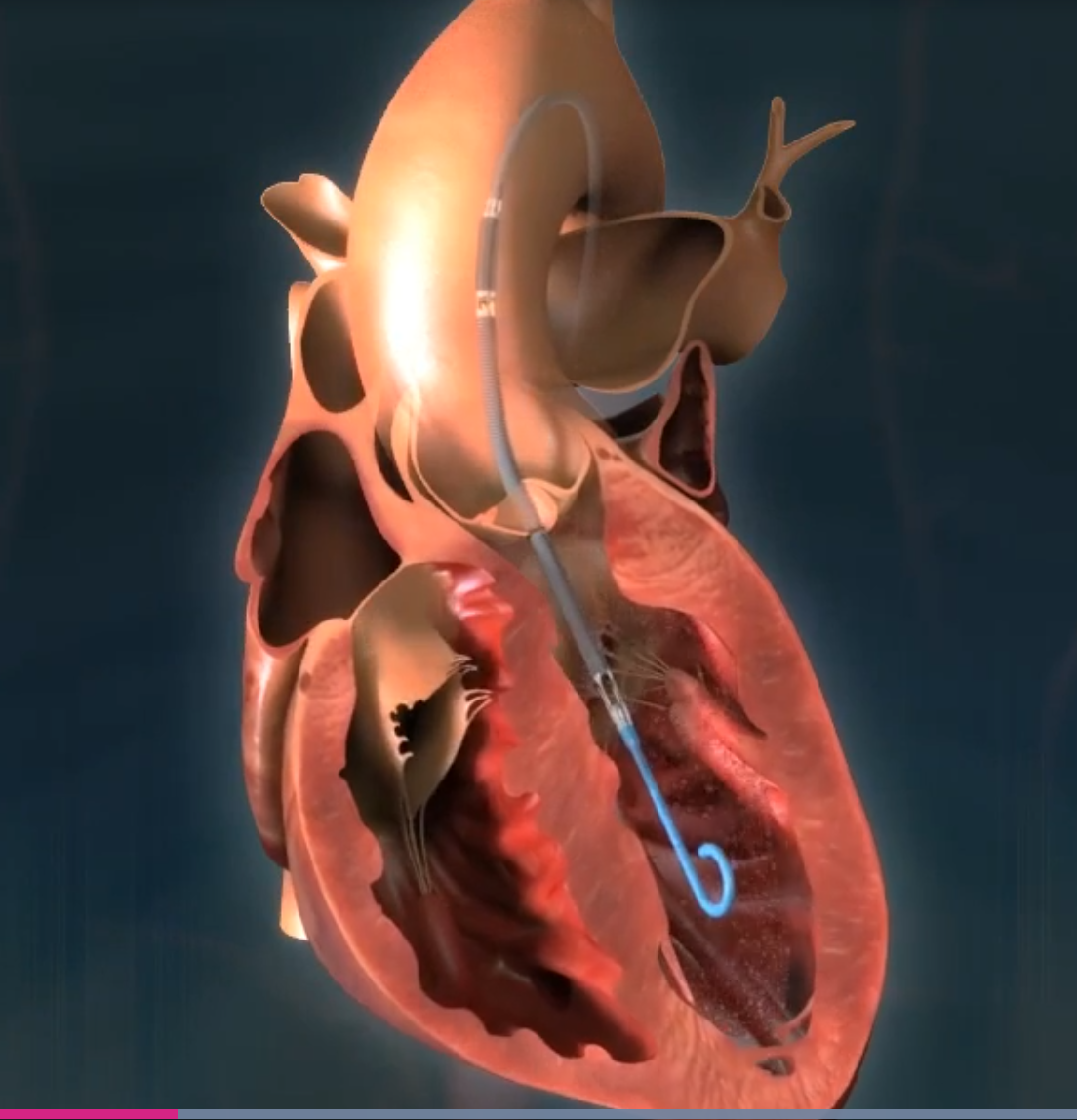Impella Device Placement
What is Impella?
Impella is the world’s smallest heart pump! OHVI cardiologists are highly trained and experienced in the use of this device in the cardiac catheterization laboratory in patients who are very “high risk” due to extremely decreased heart pump function. The Impella catheter is placed from the femoral artery in the groin and advanced from the aorta into the left ventricle. When the heart muscle is too weak to effectively pump the blood to the body, the Impella device rapidly withdraws blood from the left ventricle of the heart and then forcibly pumps that blood out into the aorta. This miniaturized heart pump has the ability to dramatically increase the “cardiac output” (the amount of blood being pumped per minute to the body.


When is Impella Needed
Impella is used primarily in two situations.
Patients who are in the midst of a massive heart attack who develop “cardiogenic shock” have little chance of surviving. Placing an Impella device to assist the heart until the artery causing the heart attack can be opened and the heart muscle can recover can often be the difference between life and death for these very sick patients! The Impella device may be left in place while the heart is recovering for several days or even weeks if necessary.
Another group of patients who need Impella are those undergoing high risk coronary intervention with angioplasty and stenting. Patients with symptomatic severe coronary artery disease and reduced heart function are at high risk for complications without the cardiac support supplied by Impella. Patients with left main blockage or multi-vessel disease are at particularly high risk and can benefit from placement of an Impella device at the beginning of the procedure and removal of the Impella at the end of the procedure.
What are the Risks of Impella?
The Impella device, as a heart pump, is a relatively large catheter. It is important for the cardiologist placing the device to take an angiogram of the femoral and iliac (groin) artery before inserting the device to be certain the artery is large enough for the device and has no blockages. If the artery is too small or there are blockages, placement of the Impella device could partially or even completely block blood flow to the leg or cause damage to those arteries. There is a small risk of bleeding in the groin around the entry site. It is also important to monitor the Impella to make sure it is properly positioned in the heart.


